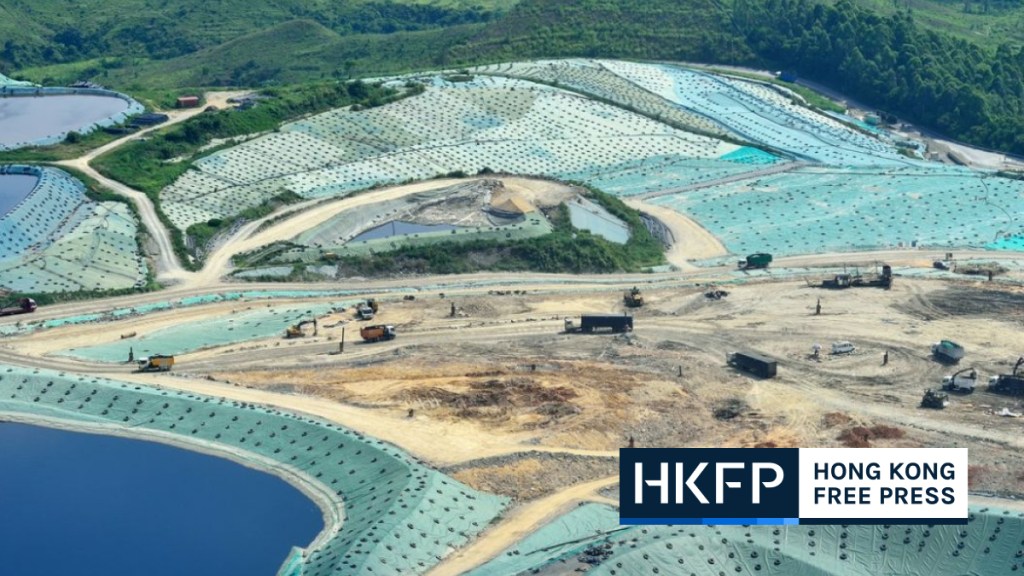Yogendra KC, a local trader at Babiyachaur, the administrative centre of Mangala Rural Municipality in Myagdi district, has decided to close his shop and move to Kathmandu. “I am planning to sell my house and relocate,” he said. “I don’t see a future here.”
Myagdi district in Gandaki ticks all the boxes for self-sufficiency in regard to development. Most of the settlements in all six local units of the district have motorable roads, and over the years, it has seen an improvement in health, education, water and sanitation, electricity and internet services.
However, despite all the development that has taken place in the district, Myagdi natives have been migrating out of their ancestral settlements. The federal system has empowered local units with several rights to develop the local units. Every year, the local governments spend millions on road construction, setting up health facilities, building drinking water projects, irrigation canals and foot trails.
Sata Prasad Roka, the chairman of Mangala Rural Municipality, said the local unit has concentrated its efforts towards the development of the villages and has left “no stone unturned to develop physical, economic, social, cultural and infrastructures.”
“But one thing we haven’t been able to do is to stop people from leaving the villages,” Roka said. “Our rural municipality is more accessible than other local units in the district. Local production of food grain and vegetables is sufficient for most households here. People, however, are still leaving the villages.”
According to Roka, the rural municipality has allocated Rs16.7 million budget for road infrastructure for the current fiscal year. He also claims that around 80 percent of arable land in the local unit has access to irrigation through 120 irrigation projects.
According to Mangala Rural Municipality, a total of 160 people from 45 families migrated from the local unit in the first nine months of the current fiscal year of 2022-23.
Loknath Sapkota, the document record officer at the local unit, said 305 people of a total of 82 families migrated from the rural municipality in the last fiscal year. Most people relocated to Pokhara, Kathmandu and other urban towns and cities, said Sapkota.
Beni, the district headquarters of Myagdi, is the urban centre of the district with all services and amenities available to the residents. However, as many as 442 people migrated from the municipality in the fiscal year 2021-22. A total of 243 individuals relocated from the municipality in the first nine months of the current fiscal year starting mid-July 2022. “Until a few years ago, people from other local units used to migrate to Beni to enjoy the services and amenities the municipality offered,” said Uttam Karmacharya, the ward 8 chief of the municipality. “Of late, even the natives of Beni have started leaving the district.”
The records at the local units show that most of the families migrate to Pokhara, Tanahun, Chitwan, Butwal and Kathmandu.
In the rural settlements, nature is slowly reclaiming agricultural land and villages are becoming desolate.
A total of 114 people from 35 families have left Raghuganga Rural Municipality so far this fiscal year while 183 people migrated from the rural municipality in the last fiscal. The rural municipality estimates the number to be higher since the data only shows the number of families who obtained migration certificates from the rural municipality office.
The steady migration of locals has also been reported from Annapurna, Malika and Dhawalagiri rural municipalities. Thirty-five families in Annapurna, 32 families in Malika and 67 families in Dhaulagiri left home in the first nine months of the current fiscal year. The local units do not have a record of the temporary migration.
While some families have migrated to urban centres within the country, many individuals have left the villages for foreign employment, says Dhruba Rijal, the chief administrative officer of Dhawalagiri Rural Municipality, the remotest local unit in Myagdi. “Some people have gone for foreign employment while others have migrated to bigger cities for better health and education services,” Rijal said. “But one of the driving factors behind migration is a lack of employment opportunities and a general sense of stagnation.”
KC from Babiyachaur says the lack of social goodwill and harmony in the village is the main reason behind his decision to leave his ancestral village. “The sense of community has vanished in villages,” he said. “I see no point in continuing to live in the village if another place offers me better opportunities and a better social life.”
Migration has led to a gradual decline in the population of the district. The 2001 census put the total population of the district at 114,447, which decreased to 113,818 in the 2011 national census and further declined to 107,372 in the 2021 census.











 English (US) ·
English (US) ·